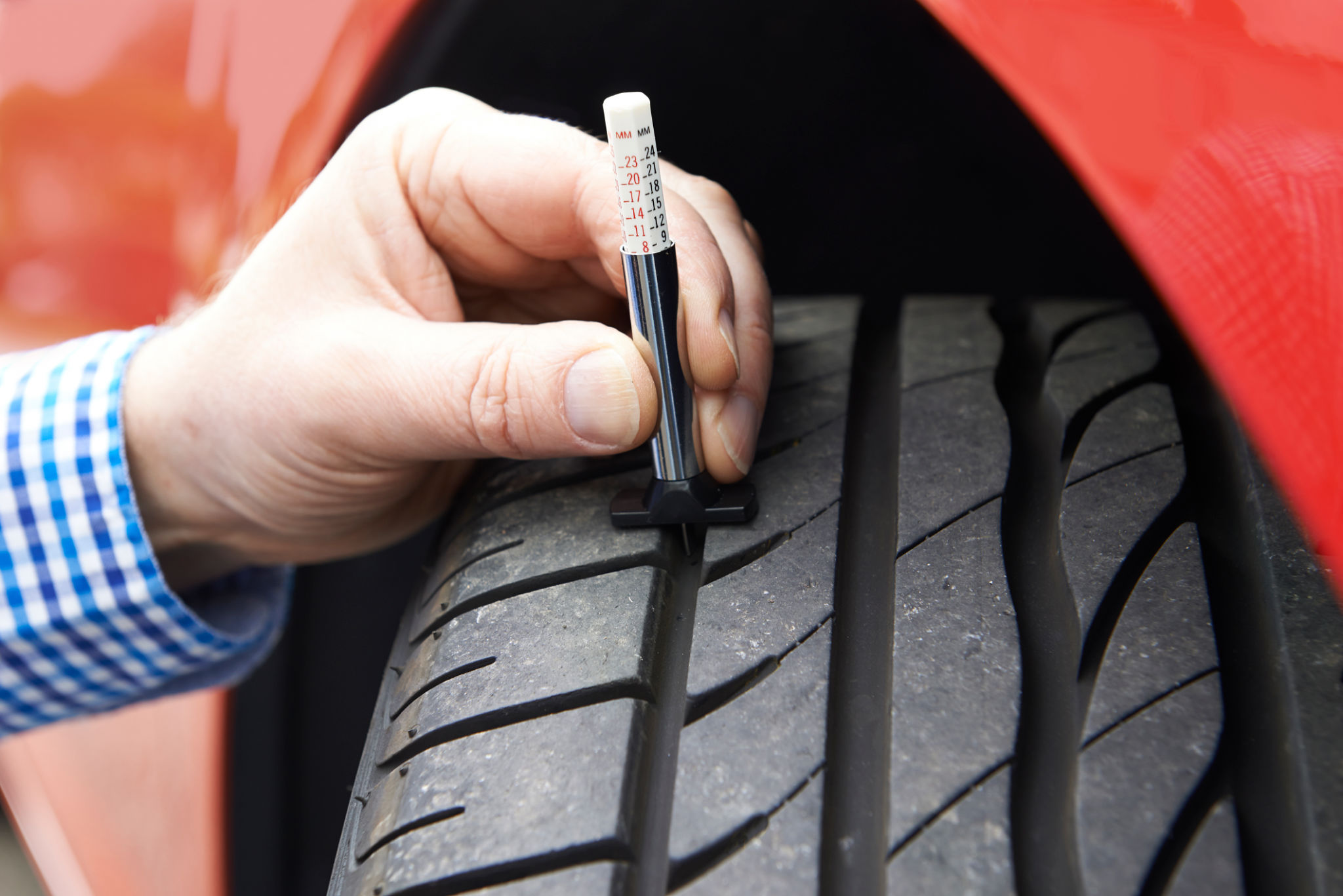Expert Insights: Common Myths About Tire Maintenance Debunked
RS
Introduction to Tire Maintenance Myths
When it comes to maintaining your vehicle, tires are often overlooked until there's a problem. Yet, they're one of the most critical components for ensuring safety, performance, and fuel efficiency. Unfortunately, several myths surrounding tire maintenance can lead to costly mistakes. In this post, we'll debunk some of the most common misconceptions about tire care with insights from industry experts.
Myth 1: You Only Need to Check Tire Pressure When It's Cold
One prevalent myth is that tire pressure only needs to be checked in cold weather. While it's true that colder temperatures can cause a drop in tire pressure, it's essential to check it regularly regardless of the season. Tire pressure can fluctuate due to various factors such as heat, altitude, and load.
Regularly checking your tire pressure ensures optimal performance and can prevent premature wear or even blowouts. Experts recommend checking tire pressure at least once a month and before long trips.

Myth 2: New Tires Don't Need Maintenance
Another common misconception is that new tires are maintenance-free. While new tires might seem perfect, they still require regular attention. New tires need proper inflation, rotation, and alignment checks to ensure they wear evenly and last longer.
Regular rotation helps to ensure even wear across all tires, typically recommended every 5,000 to 8,000 miles. Additionally, maintaining proper alignment prevents uneven wear and improves fuel efficiency.
Myth 3: You Can Always Rely on the Penny Test for Tread Depth
The penny test has been a popular method for checking tire tread depth for years. However, while it's a quick way to gauge if your tires are completely worn out, it's not always reliable. The penny test may not accurately measure the tread depth needed for adequate traction in wet or slippery conditions.

Instead of relying solely on the penny test, use a tread depth gauge for a more precise measurement. Many experts recommend replacing tires when tread depth reaches 4/32 of an inch for optimal safety.
Myth 4: All Tires Are the Same
Many drivers believe that all tires are created equal and that any set will do as long as they fit their vehicle. However, tires are designed for specific purposes and conditions. Differences in tread patterns, rubber compounds, and sidewall construction can significantly impact performance.
Choosing the right tire for your driving habits and climate is crucial. For instance, all-season tires may not perform well in severe winter conditions. Consulting with a tire professional can help you select the best option for your needs.

Conclusion: Trusting Expert Advice
Understanding the facts about tire maintenance is essential for keeping your vehicle running safely and efficiently. By debunking these myths and following expert recommendations, you can extend the life of your tires and ensure a smoother, safer ride. Remember that investing time in proper tire care not only saves money in the long run but also enhances your driving experience.